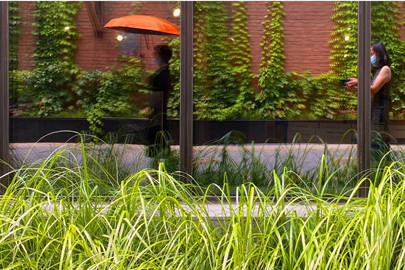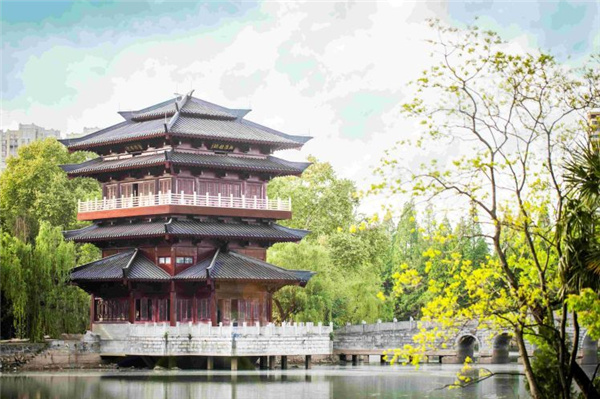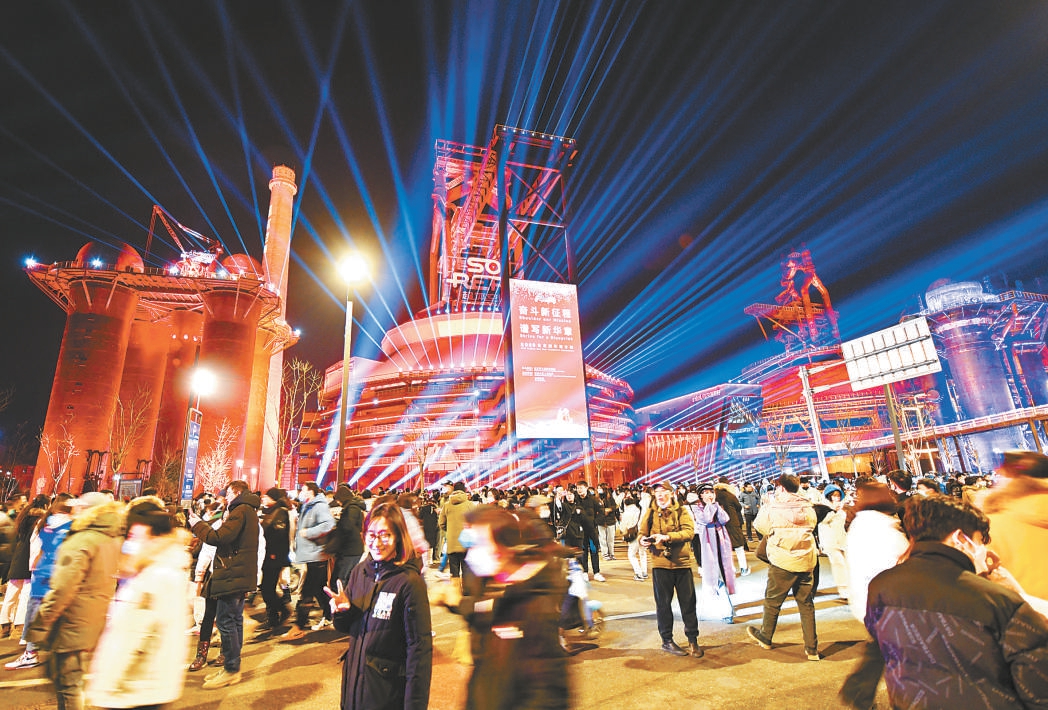小林弘一:美国斯加普规划及设计的宜居策略
SED Group has a new member now: SKUP International, Shanghai Office, which focus on environmental and urban planning services. LANDSCAPE.CN talked with Koichi Kobayashi, the Executive General Manager of SKUP International recently.
Koichi Kobayashi’s past employment has covered a diverse field of planning and landscape architecture: new town, mixed use development, education, and public service, private offices in architecture and landscape architecture and urban design.
“To me, urban planner, urban designer, landscape architect and landscape architecture educator, all these titles are by definition in the same profession caring for preservation and enhancement of the environment. Just like we have been utilizing a variety of names for a sustainable city, the names may include high environmental quality city, zero emission city, low carbon city and others, but in my view they are all striving toward a creation of a city which offers living with nature and having a high natural, cultural, historical and societal amenities, safety and convenience while being capable of sustenance.” Koichi Kobayashi told me during our talking.
He also told me that to follow the environmental design concept of “integrating science and aesthetics, showing concern to ecology and sustainable development”, SKUP recruits and maintains well rounded and experienced staff members who practice with a goal of integrating science and aesthetics, showing concern to ecology and sustainable development. And since they have offices in Shanghai, Shenzhen and Seattle, they will try to strengthen ties among the offices through more project collaboration, staff exchange and staff education and training. And SKUP will decide their focus basing on location of market for our profession.
Why did you choose to study in University of California, Berkeley after you graduated from Kyoto University, What was the difference of education systems of landscape architecture between USA and Japan?
It was not the difference of educational system that I went to University of California, but a necessity to learn the culture and people of my adopted country. It was not the difference in educational system that I decided to study there but difference is in the difference of the country of USA and Japan. Anyway, some of the basic qualities I would like young people to have and nurture is the ability to listen well to audiences including clients, colleagues, users etc., and to be a holistic person to be liked by people around. Any project could not be accomplished without good and thorough communication.
How would you like to divide your former career into different phases?
The strength of the art of my planning and design is anchored to long and deep immersion in the Japanese gardens of Kyoto, Japan during my high school and college days. My design work, be it large or small, is guided by simplicity, variation, depth, and sense of space as exhibited in small residential garden design as well as design for a large urban open space as in the Interstate Ninety: Seattle Landscape Project . The 300 acre I- 90 Master Landscape Design project, succeeded in installing green respite in much needed neighborhood, long bisected by previous highway, pioneered the concept of the environmental sustainability as project’s overall framework in design and use of emerging computer technology in preparing maintenance program. The project was given American President’s Design Excellence Award in 1997. Art of garden design is a core of our landscape architectural profession. This is one of the reasons I maintain a strong connection with this field. I have been trying to create a multi-disciplinary capability in planning, architecture, landscape architecture, engineering and project management in myself for a long time. I have been holding this vision of establishing linkage between human satisfaction of the environment and quantitative and qualitative aspect of the visual and green open space and making it a backbone of my work.
The professional design team of SKUP is consisted of people from different countries with different culture background, how does SKUP lead this team corporately working on each project with common company values?
KOICHI KOBAYASHI: We shall maintain a policy of understanding of different cultural values held by individual staff members and of practicing profession with respect of these varying values. I have been involved in a number of cross cultural projects in a variety of scale. Osaka Garden at Chicago’s Jackson Park along the lake shoreline restored as well as new stage for this 100 year old Japanese Garden supported by the City of Chicago and Osaka, Japan. This project’s success prompted a rebirth of the south end of the Jackson Park. Washington Village is the project in site planning as well as landscape design to develop a western style housing and recreational space in the City of Sanda, Japan. Project has received a number of award and citation from both sides of the Pacific in design and community planning. This project has been supported by the state of Washington, USA and Government of Hyogo, Japan. Through these experiences, I have learned that social value of planning and landscape architecture in USA and Japan have come to a present position with respective growth and maturity of democratic society.
编辑:wenweihua
相关阅读
园冶杯获奖作品丨车公庄19号院景观改造
设计师既是场地修缮者也是直接使用者,采用多方共谋共建的方式,以生态、健康、友好作为核心手段,修复大院环境,创造活力新生。建成后社区环境大幅度提升,社区邻里互识,温暖度开始回升,成为绿色创新友好的健康示范项目【详细】
园冶杯获奖作品丨合肥逍遥津公园改造
按照“古风古韵 生态生活”的设计原则,淡化商业、娱乐功能,力求“水清、树绿、景美、生态优”,回归园林艺术本源,打造合肥市民心目中的“古逍遥津”【详细】
河北省第六届(沧州)园林博览会5月26日开幕
本届园博会主题为“千里通波、大美运河”,园博园占地面积196.7公顷,规划建设有“一带三区”,即:运河风光带,城市展园区、专类植物展园区、综合服务区,建成13个城市展园和沧州坊商业街罗列其中【详细】
首钢园变身高端“秀场”
打造全球首发中心、首发首秀首展纷至沓来、科幻企业云集……现如今的首钢园变身高端“秀场”,吸引科技、科幻、体育、文化、商业等产业集聚。记者近日获悉,一季度首钢园举办各类活动会展78场【详细】





